Goesan Red Pepper Festival (괴산고추축제)
0m 18730 2024-06-14
113 Imkkeokjeong-ro, Goesan-gun, Chungcheongbuk-do
+82-43-830-3463
Goesan Red Pepper Festival is held during the harvest season in late August to early September to promote the excellence of chili peppers grown in Goesan, a major production area of Korea. The festival has numerous programs for visitors to enjoy. Brightly colored and full of flavor, Korean chili peppers are a particularly popular agricultural product. This is a fun festival where visitors learn about Goesan chili pepper which have been harvested since the Joseon dynasty.
Mungwang Reservoir (문광저수지)
6.1 Km 0 2024-02-15
16 Yanggok-ri, Mungwang-myeon, Goesan-gun, Chungcheongbuk-do
Encircled by a 2-kilometer stretch of roads lined with ginkgo trees, this reservoir lies at the heart of Yanggok-ri, a quintessential small farming village. Its primary role is agricultural water supply, yet it doubles as a serene haven for both locals and tourists to stroll and reflect. Established in May 1978, this semi-valley reservoir boasts a rich, dense woodland and an array of ancient trees, contributing to its picturesque allure. The entrance is graced with an avenue of trees, which, come autumn, transforms into a golden canopy as the ginkgo leaves change hue. It’s a popular locale for families to convene, enjoying leisurely fishing and the peaceful surroundings.
Sanmagi Old Trail (산막이옛길)
7.7 Km 23072 2024-02-15
88 Sanmagiyet-gil, Chilseong-myeon, Goesan-gun, Chungcheongbuk-do
+82-43-832-3527
Sanmagi Old Trail in Oesa-ri, Chilseong-myeon, within Goesan-gun of Chungcheongbuk-do, stretches over a picturesque 3.93 km. It connects to the serene Sanmagi Village, nestled in the mountains. This trail has been thoughtfully restored, tracing contour of an ancient road, a faint remnant of times gone by. Offering stunning vistas of mountainous terrain, flowing waters, and lush forests, the trail represents one of the most enchanting aspects of Goesan’s landscape. Its true value lies in the unspoiled natural ecosystem preserved around the dam. The old mountain path, gently redeveloped with eco-friendly techniques alongside the Goesan Dam, harmoniously complements the tranquil waters of the dam’s lake, presenting a glimpse of Korea’s natural splendor. A walk along this trail, with the scent of the forest and the soft caress of a river breeze, invites a profound connection with nature in its purest form..
Goesanho Lake (괴산호)
8.3 Km 15992 2019-11-13
Chilseong-myeon, Goesan-gun, Chungcheongbuk-do
+82-43-830-3114
Goesanho Lake is located in the Chilseong-myeon area of Goesan-gun. The lake is abundant in a variety of freshwater fish, which makes it a famous year-round fishing site.
Kim Woo-yeon Hanjeongsik (김우연한정식)
8.7 Km 0 2024-02-16
15-12 Chungminrodeokunri-gil, Gammul-myeon, Goesan-gun, Chungcheongbuk-do
Indulge in a wholesome and traditional Korean meal featuring Goesan's celebrated corn. Corn is the star ingredient here, enhancing the flavors of each dish with its sweetness. The highlight of the menu is the Grilled Corn and Galbi Patties Set Menu, where generous servings of corn kernels are combined with succulent galbi patties—finely minced pork or beef shaped into meatballs and grilled to perfection. Corn also plays a versatile role, infusing a natural sweetness into a variety of dishes, including porridge, salad, rice, and pancakes. Each dish is handcrafted with care, eschewing artificial sweeteners or seasoning, to bring you an authentic taste of Korean cuisine. Please note that the Grilled Corn and Galbi Patties Set Menu is available for groups of two or more, and reservations are required to savor this signature experience.
Gallongyegok Valley (갈론계곡)
10.9 Km 39890 2024-02-26
547, Chilseong-ro 10-gil, Chilseong-myeon, Goesan-gun, Chungcheongbuk-do
속리산국립공원 북부에 있는 깊은 계곡이다. 신선이 내려왔다는 전설과 7마리의 학이 산다는 전설의 바위가 있고, 숲이 우거져 있다. 유리알같이 맑은 계곡이 곳곳에 비경을 만들고 있으며 물놀이하기에도 좋은 곳이다. 입구에 있는 산촌체험관에서는 숙박이 가능하다.
Ssanggok Valley (쌍곡구곡)
15.0 Km 6035 2022-08-31
242, Ssanggok-ro, Chilseong-myeon, Goesan-gun, Chungcheongbuk-do
+82-43-542-5267
Ssanggok Valley, which is located in Chilseong-myeon, Goesan-gun, is 10.5km long stretching from Ssanggok village to Jesurijae.
The valley is surrounded by Bobaesan Mountain, Gunjasan Mountain and Bihaksan Mountain and clear water flows all year down the walls of a series of unique rock formations.
Thanks to its scenic beauty, many Confucian scholars used to visit here to enjoy literature and nature.
Ssanggok Valley is composed of nine valleys and each has its own unique atmosphere.
The first valley, Holongso, flows into a swamp area with many old pine trees nearby creating a picturesque view. The second valley is called Sogeumgang and it is said that its appearance changes with every season. Tteokbawi (rice cake rock) Valley gets its name from the shape it takes on, which is like a sliced rice cake. Similar to the first valley, Munsuam Valley, the fourth valley also has water flowing over uniquely shaped rocks with many old pine trees and flora. The fifth valley has quite a view of parallel rocks on both sides, while the sixth valley offers magnificent vistas of water flowing into a pool formed by the rocks. The water cascading down a huge boulder is said to look like the pleats of a woman’s skirt unfolding at the seventh valley. The eighth valley gathers water into a pond shape from the waterfall; legend says that fairies bathe here. The ninth valley is wide and refreshingly cool even during the hottest summer months.
Eumseong Pumba Festival (음성품바축제)
15.5 Km 14245 2024-04-11
28 Seolseonggongwon-gil, Eumseong-gun, Chungcheongbuk-do
+82-43-871-3402
Pumba was the word repeated in the songs of street singers, especially when Korea was once impoverished. They strolled around marketplaces or villages seeking food, money, or anything they could get. Pumba doesn’t have a specific meaning but is a language mechanism for keeping a rhythm. These days, the word pumba generally refers to gakseori, a type of performance by performers who do not beg for food or money, but simply sing at events or festivals for entertainment. The Pumba Festival is held in Eumseong every year to celebrate this important part of Korea's modern history.
Hwayang Valley (Hwayangdonggyegok Valley) (화양구곡 (화양동계곡))
15.8 Km 9826 2019-11-06
78, Hwayangdong-gil, Cheongcheon-myeon, Goesan-gun, Chungcheongbuk-do
+82-43-832-4347
Hwayang Valley, located 32 kilometers east from Cheongju, was designated Songnisan National Park in 1975.
The vivid green mountains and clear waters make it a highly sought after tourist spot. The nearby Seonnyudonggyegok Valley, just 7 kilometers away, is also a huge draw for travelers.
Hwayang Valley is composed of various shaped rocks such as Cheomseongdae Observatory, Neungundae Observatory, Waryongam Rock and Eupgungam Rock. Well-known statesman from the Joseon Dynasty, Song Si-yeol, visited the valley and wept for King Hyojong offering his final bow. This rock where he cried was then named Eupgungam Rock meaning ‘crying bow’ Rock. Waryongam Rock gets its name from its shape, which is said to look like a wriggly dragon. Cheomseongdae Observatory was used in order to forecast weather patterns.
Seonyudonggyegok Valley (선유구곡(선유동계곡))
16.8 Km 7583 2021-07-29
179, Seonyudong-gil, Goesan-gun, Chungcheongbuk-do
+82-43-832-4347
Seonyudonggyegok Valley is located in Goesan-gun, Chungcheongbuk-do Province. Including Seonyudongmun, the playground for the mountain gods, a total of nine valleys form the area: Gyeongcheonbyeok, Haksoam, Yeondallo, Waryongpok, Nangadae, Gigugam, Guam, and Eunseonam.
Seonnyudonggyegok Valley is famous for the legend that mountain gods came to savor fresh mountain spring water. A renowned geographical account, Taekriji, published in 1751, stated that Seonyudonggyegok Valley boasted some of the best scenery. One of the most eminent Confucian scholars of the Joseon dynasty, Lee Hwang spent nine months in this beautiful valley. He gave names to all his favorite places, which still remain to this day.
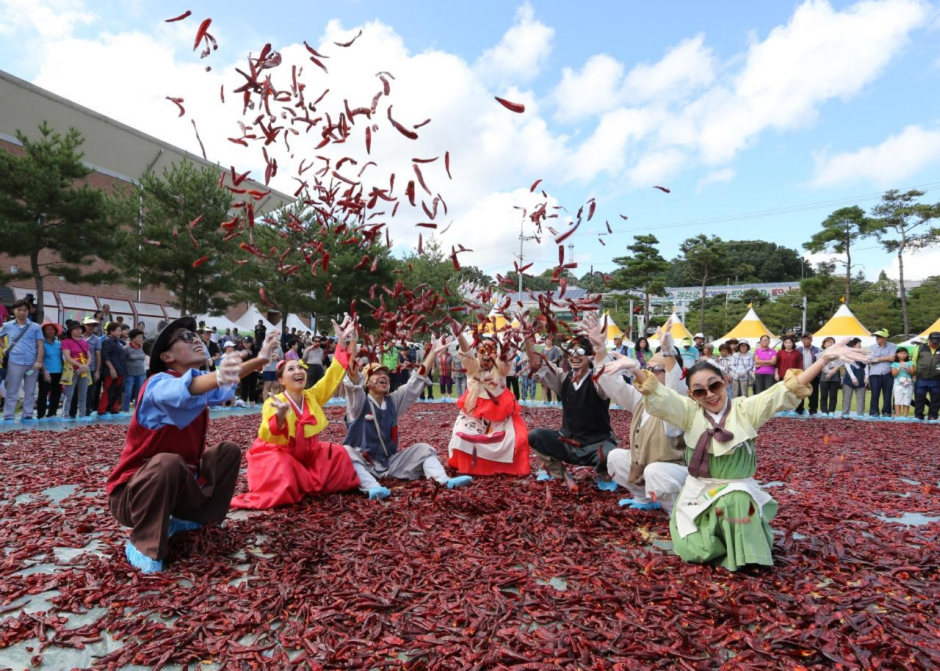

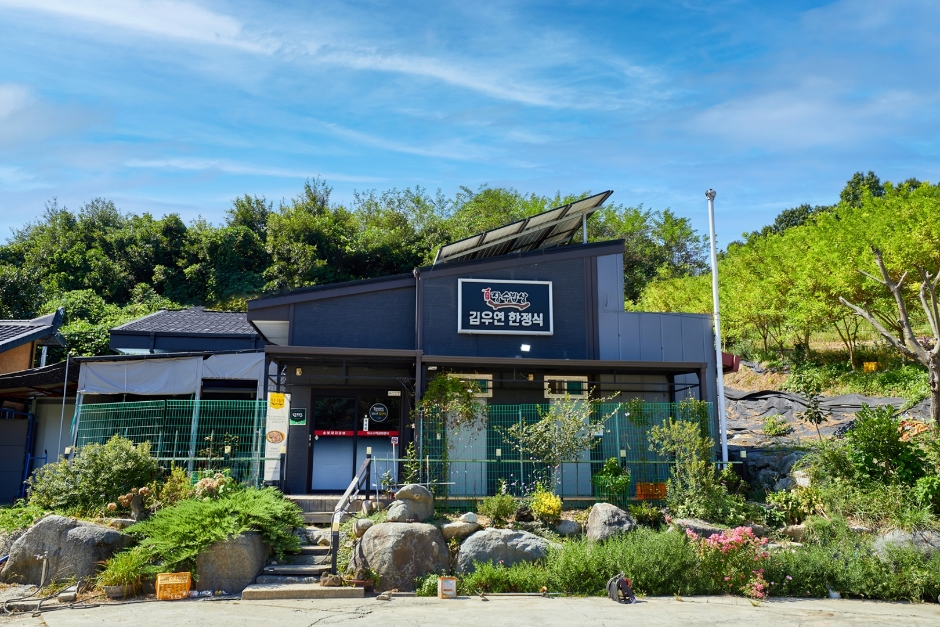
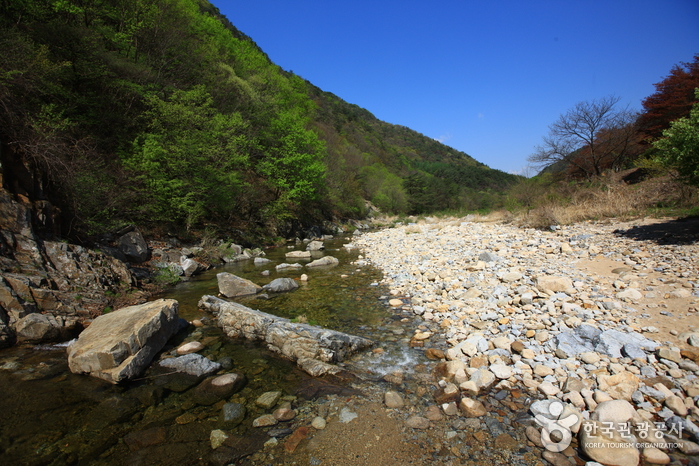
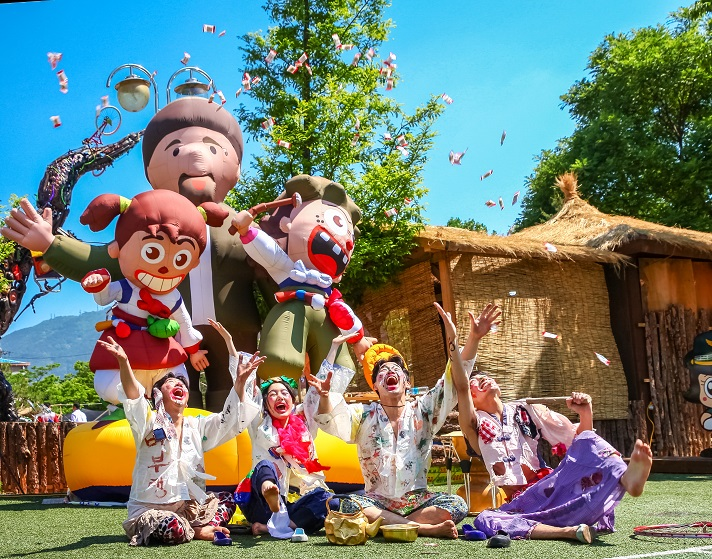
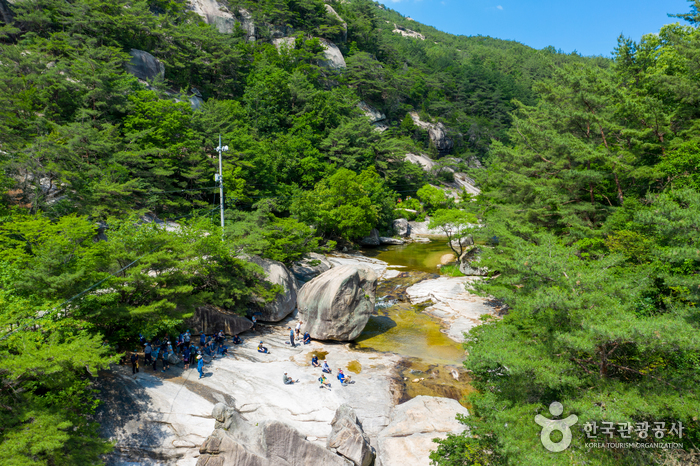
 English
English
 한국어
한국어 日本語
日本語 中文(简体)
中文(简体) Deutsch
Deutsch Français
Français Español
Español Русский
Русский